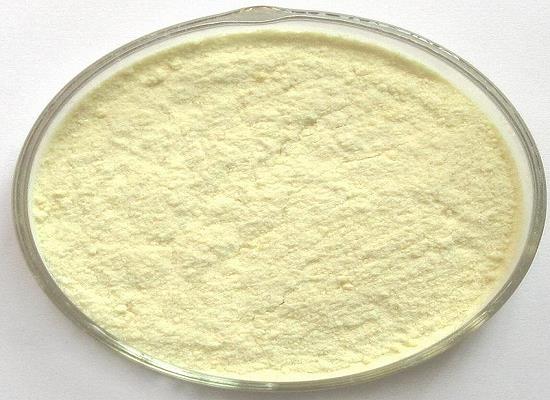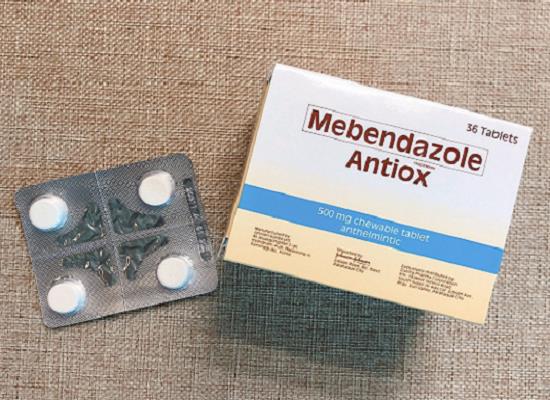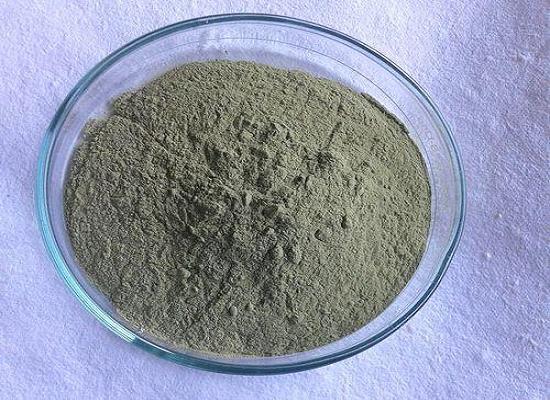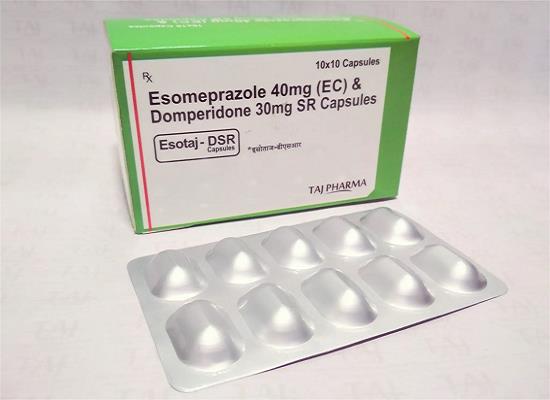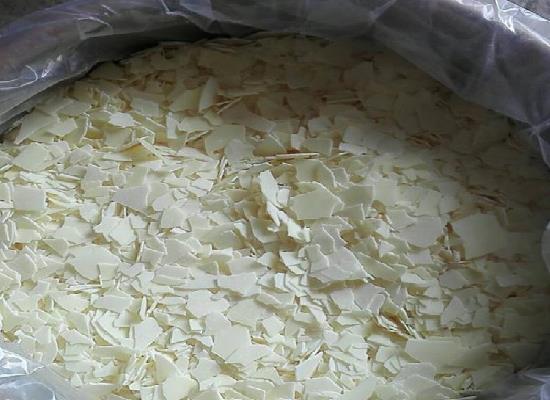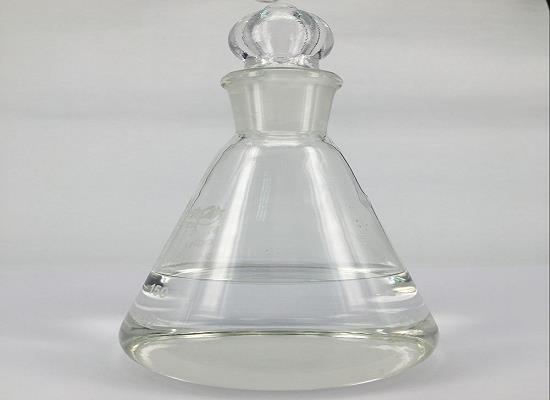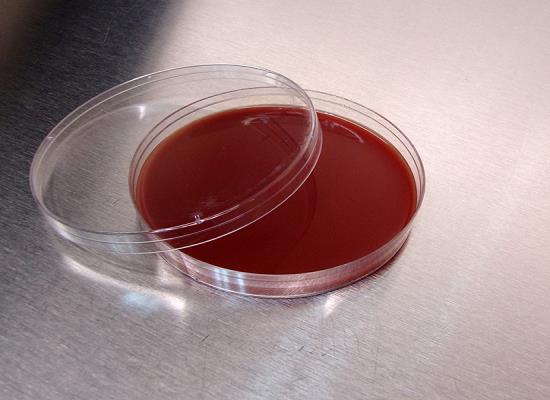Active Pharmaceutical Ingredients (API), popularly speaking, are the raw materials of medicines, only pharmaceutical raw materials are processed into pharmaceutical preparations , can they become medicines available for clinical use, so drugs we usually eat are the finished drugs through processing. Active Pharmaceutical Ingredients based on its sources can be divided into two major categories ,including chemical synthetic drugs and natural chemical drugs. Chemical synthetic drugs can be divided into organic synthetic drugs and inorganic synthetic drugs. Inorganic synthetic drugs are inorganic compounds ( very few is element), such as aluminum hydroxide, magnesium trisilicate which are used for the treatment of gastric and duodenal ulcers ; organic synthetic drugs are mainly composed of drugs made by basic organic chemical raw materials, through a series of organic chemical reactions (such as aspirin, chloramphenicol, caffeine, etc.). Natural chemical drugs ,based on its sources,can be divided into two categories including biochemical drugs and plant chemical drugs. Antibiotics are generally made by the microbial fermentation, which belongs to the biochemistry category. A variety of semi-synthetic antibiotics occurs in recent years,which are biosynthesis and chemical synthesis combining products.Among active Pharmaceutical Ingredients, the organic synthetic drugs varieties, yields and values have the largest proportion,which are the main pillars of the chemical and pharmaceutical industries. The quality of active Pharmaceutical Ingredients decides whether the formulation is good or bad , so its quality standards are very strict ,countries in the world have developed national pharmacopoeia standards and strict quality control methods for its widely used active Pharmaceutical ingredients.
Luteolin: mechanism of action and clinical applications
Luteolin inhibits inflammation, tumor growth, and promotes healing. It shows promise in treating skin cancer, wounds, and psoriasis.
Aug 1,2023 APIIndigo: mechanism of action and applications in psoriasis treatment
Indigo can treat psoriasis by regulating keratinocytes and inhibiting cell proliferation and differentiation. Combination therapy shows promise.
Aug 1,2023 APIMebendazole: pharmacokinetics, applications and side effects
Mebendazole treats parasitic infections, including cerebral echinococcosis. It has potential as an anticancer drug. Side effects include gastrointestinal symptoms and rare serious effects.
Aug 1,2023 APICuprous bromide: exploring its versatile applications
Cuprous bromide is a versatile compound with applications in chemistry, sensors, catalysis, and more.
Aug 1,2023 APIDomperidone: mechanism of action and clinical applications in gastroenterology
Domperidone blocks dopamine receptors, helping to relieve gastrointestinal symptoms like nausea and vomiting. It is used for GERD, dyspepsia, and postoperative nausea/vomiting.
Aug 1,2023 APIVeratraldehyde: properties, applications and safety
Veratraldehyde is a colorless solid and can react with compounds, forms new organic compounds with potential as antitumor and antibacterial agent; caution regarding toxicity.
Jul 31,2023 API3-Aminopropyltriethoxysilane: deposition methods and biosensing applications
3-Aminopropyltriethoxysilane enhances oxidized surface biocompatibility and sensing. Solution or gas phase deposition methods are employed, immobilizing biomolecules and reducing adsorption.
Jul 31,2023 APIFluoroboric acid: properties, applications and safety
Fluoroboric acid is a strong Lewis acid, forms stable complexes, used in dental implants and PZT etching. However, corrosive and requires caution.
Jul 31,2023 APIAgar oligosaccharides: preparation, bioactivities and applications
Agar-derived agar oligosaccharides have diverse structures and bioactivities. They are prepared under different conditions and can be used in various fields.
Jul 28,2023 APICabozantinib: mechanism of action, pharmacokinetics and clinical applications
Cabozantinib is a multi-targeted tyrosine kinase inhibitor used for thyroid, renal, and liver cancer. It enhances the immune system against tumors but can cause fatigue, diarrhea, and hypertension.
Jul 27,2023 API



